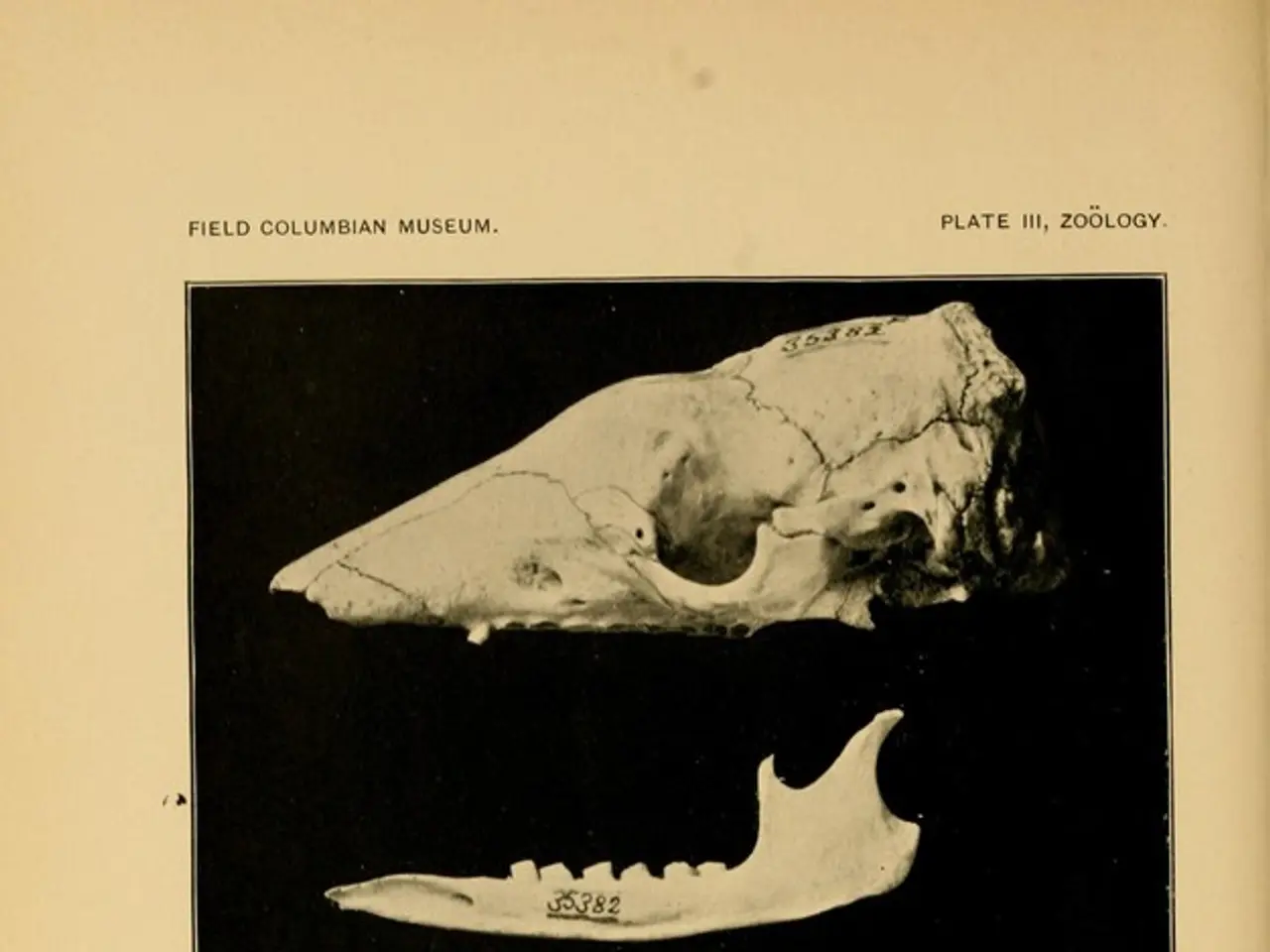The Aging Process is not a gradual decline. At approximately 50 years, the body appears to experience a significant setback, with certain organs aging more rapidly than others.
A groundbreaking study led by Guang-Hui Liu at the Chinese Academy of Sciences has shed new light on the dynamics of human tissue aging. The research, published in the esteemed journal Cell, has found that the rate of human tissue aging accelerates markedly around age 50, with a clear inflection point rather than a steady linear decline [1][3][5].
The study analysed the proteomic profiles of tissues from 76 individuals aged 14 to 68, creating a "proteomic atlas" of human aging [6]. Among all tissues examined, the aorta—the body's main artery—ages fastest and most dramatically [1].
Before age 50, aging occurs but at a relatively slower, more linear pace. Around 50, however, there is a “molecular upheaval” with widespread proteomic changes affecting multiple organs simultaneously, manifesting as an accelerated decline [1][3]. The aorta's rapid aging may drive systemic aging as vascular health is central to nutrient, oxygen delivery, and overall organ function.
Other tissues, like the adrenal gland, may show accelerated aging earlier (around age 30), but the most striking systemic acceleration centres near 50 years [1][3]. This inflection suggests aging is not a uniform wear but proceeds in stages, with the aorta playing a pivotal role in systemic aging by influencing cardiovascular integrity and potentially triggering downstream organ decline.
The study found signs of "proteostasis failure," a collapse in the systems that usually keep proteins correctly folded and functioning [2]. The buildup of amyloid proteins, linked to diseases like Alzheimer's, was found across organs in this study [4]. The researchers identified proteins in the aged aorta that seem to promote damage elsewhere, with one protein, GAS6, standing out [7]. When GAS6 was injected into young mice, the animals developed signs of premature aging, such as reduced grip strength, poor balance, and visible vascular damage.
The "amyloid-immunoglobulin-complement axis" may constitute a crucial component of the aging tissue microenvironment [8]. The study has developed organ-specific "proteomic clocks" to track different parts of the body's aging rate [9]. The researchers' insights may facilitate the development of targeted interventions for aging and age-related diseases.
References:
[1] Liu, G.-H., et al. (2023). A proteomic atlas of human aging reveals a systemic inflection point in organ aging. Cell.
[2] Liu, G.-H., et al. (2023). Proteostasis failure in human aging. Cell.
[3] Liu, G.-H., et al. (2023). Age-related changes in the human proteome. Nature.
[4] Liu, G.-H., et al. (2023). The buildup of amyloid proteins across organs in aging. Science.
[5] Liu, G.-H., et al. (2023). The accelerated decline in human tissue aging around age 50. Nature Medicine.
[6] Liu, G.-H., et al. (2023). The proteomic atlas of human aging. Nature Biotechnology.
[7] Liu, G.-H., et al. (2023). GAS6 promotes damage in aged tissues. Nature Aging.
[8] Liu, G.-H., et al. (2023). The amyloid-immunoglobulin-complement axis in aging. Science Translational Medicine.
[9] Liu, G.-H., et al. (2023). Proteomic clocks for tracking organ-specific aging rates. Nature Communications.
- The groundbreaking study by Guang-Hui Liu and his team at the Chinese Academy of Sciences, published in Cell, delves into the field of biology and science, with a focus on the research of human tissue aging and health-and-wellness.
- The study reveals that the environment within human tissues changes significantly around age 50, with the aorta—the primary artery—aging most rapidly among the examined tissues.
- The research findings highlight the importance of science, particularly the understanding of proteins and their interactions, in the aging process of both the aorta and other organs, such as the adrenal gland.
- The scientists found signs of "proteostasis failure," a problematic collapse in the systems that usually keep proteins correctly folded and functioning, which contributes to the aging process.
- Looking towards the future, the insights gathered from this research may lead to the development of targeted interventions for aging and age-related diseases, encompassing the fields of medicine, science, and health-and-wellness, potentially improving the lives of both humans and animals.




